The East African Community is one of the leading tourism destinations in Africa. East Africa countries comprise of fast growing cities and destinations that mainly attract tourists with absolute reliance on beach and wildlife safaris due to the presence of the various animals, plants, butterfly and bird species. National parks and game reserves with most of the wildlife species being protected, unique diverse cultures like the Masai in both Kenya and Tanzania, the rich culture of the Buganda kingdom in Uganda, and the captivating dances of the Banyarwanda in Rwanda for unpiue cultural tours in East Africa. East African Community is Collectively promoting and marketing the Community as a Single Tourist Destination while conserving and ensuring sustainable utilization of wildlife and other tourist sites under a single East African Tourist Visa
Kampala City, Uganda
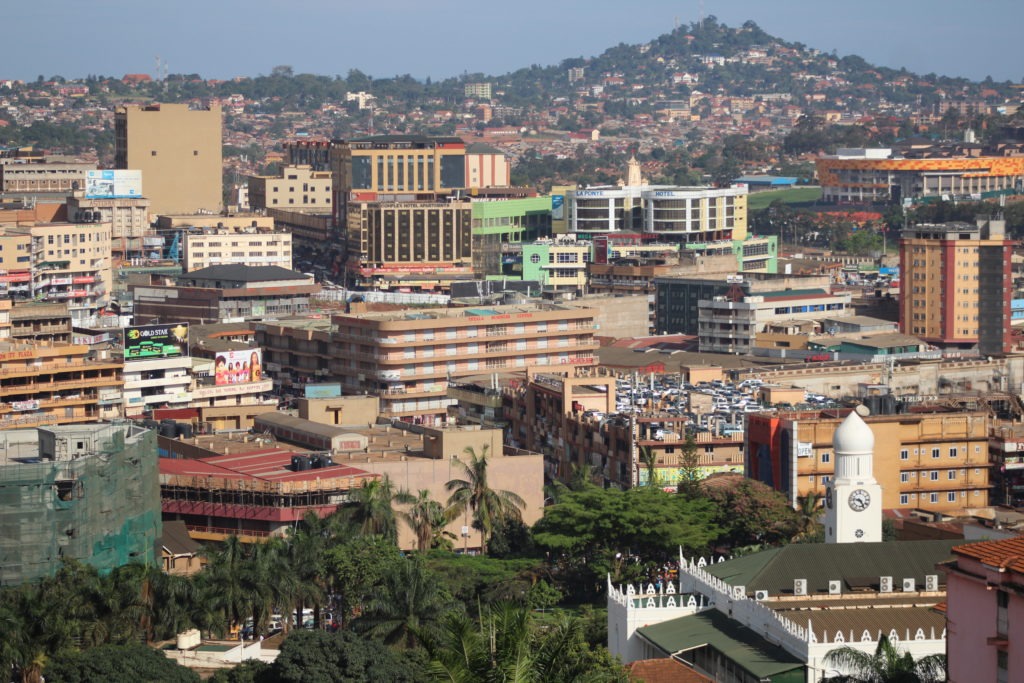
Kampala is Uganda’s biggest city and the main capital. Kampala gets it’s name from the animals called “Impala” which were prominent on one the seven hills currently known as the Kampala hill. This hill the local used to refer to as “Kasozi K’empala” meaning the hill of empala which this is singular and Impala is plural. When the Missionaries arrived in Buganda in the late 1870’s, they were not able to pronounce and also remember the whole sentence which forced them to reduce it to Kampala. It was officially made the capital of Uganda in 1964 whereby Entebbe was Uganda’s prime capital. Kampala is referred to as the “city if seven hills” as it was established initially on seven hills. Although, Kampala is one of the largest and fastest growing city in Africa that it has expanded up to 23 hills. It is the second most populous city in east Africa with an estimate population of over 3.8m people as of 2023. It is also the most comfortable and happiest of all cities in the region. Daily Kampala City Tours are organized either on foot or in a car as well as on the back of a motorbike. Kampala is headed by a Lord mayor who is responsible for the daily activities of the city. Kampala Capital City Authority (KCCA) is an organ that work hand in hand with the Lord Mayor for the smooth running of the City
Nairobi City, Kenya
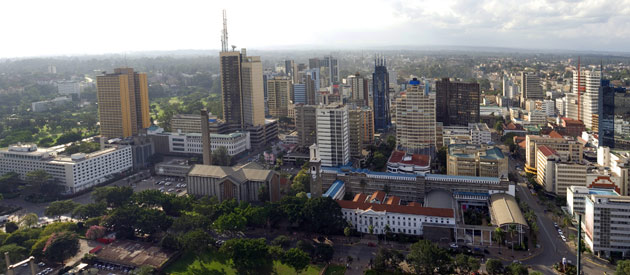
Nairobi is the capital and largest city of Kenya. Nairobi is the most populated city in East Africa with an estimate population of over 5milion people as of 2023. The name is derived from the Masai phrase “Enkare Nairobi” which translates to “the place of cool waters”. Nairobi is also the safari capital of Kenya as it is the main center for Safaris in Kenya.
Nairobi is a county by itself, officially known as Nairobi City County. The county government is responsible for the administration of the city and its surrounding areas. The county is led by an elected Governor who serves as the chief executive officer of the county government. The Governor is responsible for policy implementation and overall administration.
The Governor is supported by a team of County Executive Committee members who head various departments, such as health, finance, transport, and education. Nairobi County has a County Assembly with elected Members of County Assembly (MCAs) representing various wards. The County Assembly plays a legislative role and oversees the actions of the executive. Nairobi being the capital and largest city of Kenya, it serves as its political, economic, and cultural hub. Kenya has a relatively stable political system, but it has faced challenges like corruption and occasional political tensions, but also attacks from the terroristic movements of the Al Shaban from Somalia, although it’s being worked upon.
Nairobi is a major economic center in East Africa, known as a regional financial and business hub. It has a diverse economy, with key sectors including finance, telecommunications, tourism, and manufacturing, accompanied by Agriculture. Nairobi is a vibrant and cosmopolitan city with a mix of cultures and ethnicities. It faces social challenges like income inequality, urban poverty, and access to basic services for all residents.
Kigali City, Rwanda
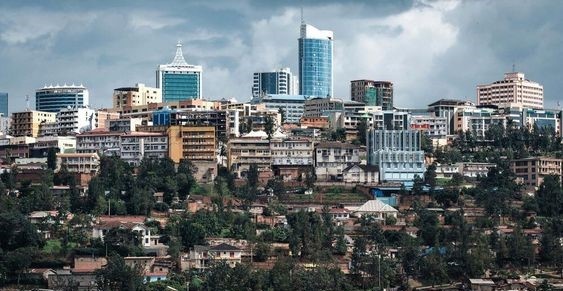
Kigali, the capital city of Rwanda, has a rich and complex history that dates back to the pre-colonial era. Originally a small settlement in the central region of Rwanda, Kigali grew in importance under the colonial rule of Germany and later Belgium. During the colonial period, Kigali became the administrative center of Rwanda, and many of the city’s modern institutions and infrastructure were established. However, this period was also marked by tensions between the different ethnic groups in Rwanda, which ultimately led to the 1994 genocide.
Since the genocide, Kigali has undergone a remarkable transformation. The city has focused on reconciliation and rebuilding, with a strong emphasis on economic development and social progress. Today, Kigali is a bustling and vibrant city that is home to more than a million people. Despite its recent tumultuous past, Kigali city is now a beacon of hope for Rwanda and the rest of Africa. The city’s history serves as a reminder of the resilience and strength of the Rwandan people, and a testament to the power of reconciliation and progress. Rwanda has a unique administrative structure that includes various levels of governance, and Kigali is part of this structure.
Kigali is an autonomous city that functions at the same administrative level as a province. It has its own local government structure responsible for city-wide administration. The city is led by a Mayor who is the head of the City of Kigali. The Mayor is responsible for implementing policies and managing the city’s affairs. Kigali is a growing business and trade center in the region. Rwanda’s economy is primarily based on agriculture, mining, tourism, and services. The country has also invested in technology and innovation to boost its economy. Kigali is known for its cleanliness and safety. Kigali City tour gives you an insightful tour of things to do in Kigali
Dodoma City, Tanzania
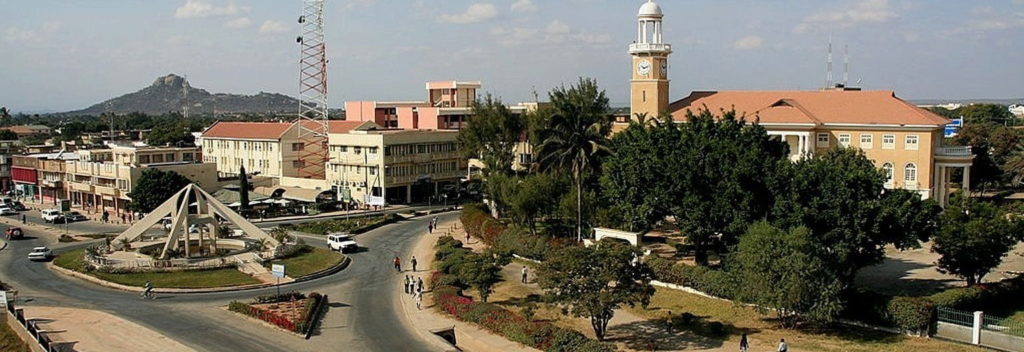
Dodoma is the capital city of Tanzania and is located in the central region of the country. The city has a rich history that dates back to the 19th century when it was founded as a small village. During this time, the region was under the control of various tribes, including the Hehe tribe, who were known for their resistance to colonial rule. In 1891, German colonizers arrived in the area and began establishing their rule over the region. However, the Hehe tribe fiercely fought against the German colonizers, and it was not until 1898 that they were finally conquered by the Germans.
After the Germans, Dodoma was ruled by the British administration until Tanzania gained independence in 1961. During the colonial period, Dodoma remained a small and insignificant village, and most of the development took place in other parts of the country. After Tanzania gained independence, the government decided to move the capital from Dar es Salaam to Dodoma. This decision was made to promote development in the central region of the country and to decentralize power from the coastal region. Since then, Dodoma has become a significant administrative and political center in Tanzania. The city has experienced rapid development, with new infrastructure projects and modern buildings being constructed. Today, Dodoma is home to various government institutions, including parliament, ministries, and other administrative offices.
To conclude, Dodoma boasts a storied past intimately tied to the fight for independence and the growth of Tanzania. Having evolved from a humble village into a thriving metropolis in just a few short decades, it stands as an enduring testament to Tanzania’s heritage and character. While Dar es Salaam remains the foremost urban center and commercial focal point, Dodoma persists as an indispensable component of Tanzania’s identity. Moreover, Tanzania enjoys political stability through its dominant ruling party.
Kinshasa City, Democratic Republic of Congo (DRC)
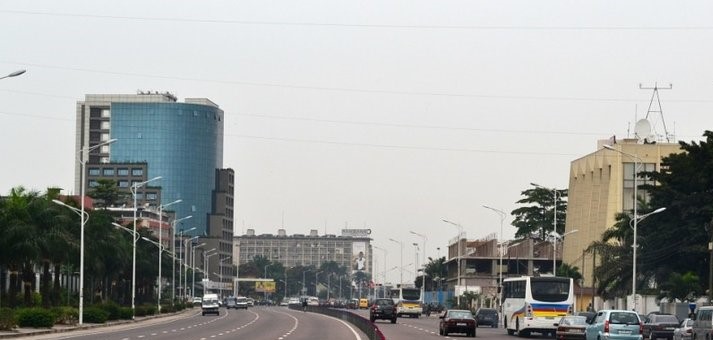
Kinshasa, the capital and largest city of the Democratic Republic of Congo (DRC), is a bustling metropolis situated on the banks of the mighty Congo River. With a population of approximately 16 million people as of 2021, it is one of the largest cities in Africa and the world. Kinshasa has a rich cultural heritage and has played a defining role in the history of DRC.
The origins of Kinshasa can be traced back to 1881 when Englishman Henry Morton Stanley founded a trading post that eventually developed into a settlement. It was elevated to the status of a city in 1920 and initially known as Leopoldville after King Leopold II of Belgium, who colonized Congo at the time. It served as the capital of Belgian Congo until independence in 1960 and later as the capital of Republic of Congo until 1965 when it was renamed Zaire under Mobutu Sese Seko. In 1966, it was renamed Kinshasa after the nearby Yansi tribe’s village. The city is home to various ethnic groups, with Kongo people being the majority. Although Kinshasa is known for its vibrant music scene, particularly for its popular rumba and soukous genres, it still faces many development challenges with its rank at 199 out of 231 African cities evaluated according to Africa Development Bank African Economic Outlook.
Kinshasa is divided into four municipalities: Limete, Kalina, Kauka, and Makala; each with its own mayor and council. The governor of Kinshasa Province also holds administrative powers over the city. Despite facing obstacles related to development challenges, Kinshasa remains an important cultural hub in Africa with a rich history worth exploring. The DRC government continues to work towards making Kinshasa more vibrant and prosperous for its residents.
Bujumbura City, Burundi
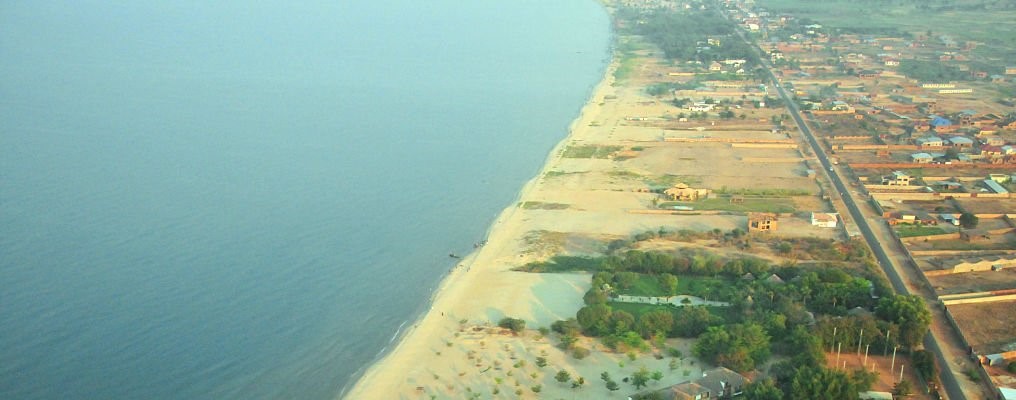
Bujumbura is the capital and largest city of Burundi, a small African country located in the Great Lakes region. The city has a rich history dating back to the 19th century when it was a small fishing village before becoming a colonial town. In 1889, Bujumbura was founded by the Germans as a military outpost and named after its founder, Gustav Adolf von Götzen. The Germans established a naval base on Lake Tanganyika, which increased their influence in the region. During World War I, the Germans were defeated by a combined force of Belgian, British, and Congolese soldiers. As a result, Burundi became a Belgian protectorate, and Bujumbura became the capital of Ruanda-Urundi. After gaining independence in 1962, Burundi became a republic, and Bujumbura continued to be the capital. However, political instability and ethnic turmoil rocked the country. In 1993, Melchior Ndadaye, Burundi’s first democratically elected president, was assassinated by members of the army. This triggered a decade-long civil war that devastated the country.
Today, Bujumbura is still recovering from the effects of the civil war. However, the city has seen some development in recent years, with improvements in infrastructure and public services. Despite its troubled past, Bujumbura remains an important economic and cultural center of Burundi. Bujumbura’s history reflects the tumultuous history of Burundi. From a small fishing village to a colonial outpost to a modern capital, the city has experienced significant changes over the years. Despite its challenges, Bujumbura remains an important part of Burundi’s history and identity. It is the least populated city in the region of east Africa with over 1.2m people living in it. The city has a small-scale manufacturing sector and trade activities. Although, Burundi generally has been threaded as the poorest country in the world. Bujumbura is a diverse city with various ethnic groups, and the population consists of people from different backgrounds and cultures. However, the country has faced social challenges, including ethnic tensions especially between the Hutus and Tutsis but also poverty.
Juba City, South Sudan
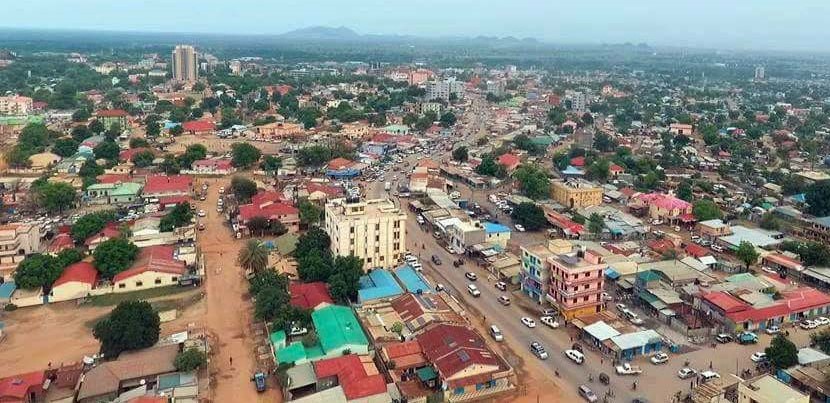
Juba is the capital city of South Sudan, a country that gained independence from Sudan in 2011. The city is located on the White Nile River, near the border with Uganda. The history of Juba dates back to the 19th century when the area was inhabited by the Bari people. During the colonial period, the British established a trading post in Juba in the early 20th century. The city became a major commercial center, serving as a gateway to southern Sudan. In the 1950s, Juba became the capital of the southern region, which was then part of the Republic of Sudan. After Sudan gained independence in 1956, Juba remained the capital of the southern region, but it was neglected by the central government. The city suffered from underfunding and lack of development, which led to tensions between the north and south. When war broke out in Sudan in the 1980s, Juba became a battleground between the Sudanese government and southern rebels. The city was heavily damaged, and many of its residents were displaced. After peace was achieved in 2005, Juba became the focal point of South Sudan’s development. The city underwent a major transformation, with new roads, buildings, and public services. In 2011, when South Sudan became independent, Juba was declared the capital of the new country. Since then, Juba has continued to grow and develop. The city is home to government institutions, international organizations, and businesses. It is also a major transport hub, with connections to other parts of South Sudan and neighboring countries.
In other words, Juba has a rich history that reflects its role as a commercial center, political capital, and battleground. Despite the challenges it has faced, the city has emerged as a symbol of South Sudan’s independence and resilience. South Sudan’s economy relies heavily on oil exports. However, economic development has been hindered by the ongoing civil war and governance challenges. South Sudan faces numerous social challenges, including displacement, poverty, and lack of access to basic services. The ongoing conflict has had a severe impact on the well-being of its population.